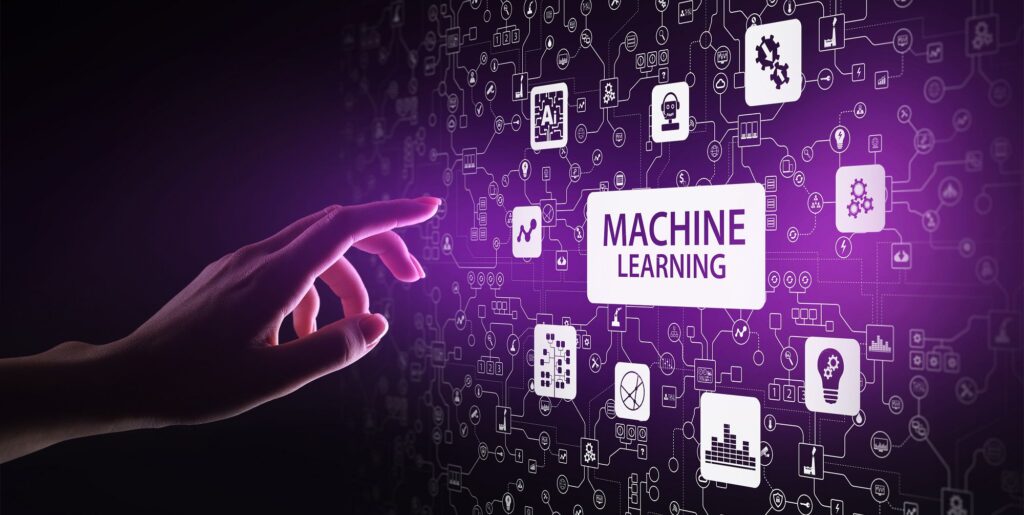Types of Machine Learning Problems
To embark on your Machine Learning journey, begin by learning foundational concepts, Python programming, and key libraries like TensorFlow and scikit-learn. Explore datasets, experiment with algorithms, and practice model evaluation. Join online courses or MOOCs for structured learning, and stay updated with ML trends and research.
Machine learning can be categorized into three main types of problems:
- Supervised Learning: In this type of machine learning, the algorithm learns from labeled data to make predictions or classifications. It is given input-output pairs and learns a function that maps the input to the output.
- Unsupervised Learning: Here, the algorithm learns patterns and relationships from unlabeled data. It doesn’t have specific output labels to learn from, so it focuses on finding hidden structures in the data.
- Reinforcement Learning: This type of learning involves an agent that learns to interact with an environment and receives rewards or punishments based on its actions. The algorithm learns through trial and error to maximize the rewards.
Terminologies of Machine Learning
Before diving into machine learning, it’s essential to understand some common terminologies:
- Features: These are the individual measurable properties or characteristics of the data.
- Labels: In supervised learning, labels represent the correct output or target variable.
- Training Data: This is the data used to train the machine learning model, which consists of input features and corresponding labels.
- Testing Data: The data used to evaluate the performance of the trained model. It should be separate from the training data.
Example: Predicting Iris Flower Species
Here is a simple machine learning example in Python that demonstrates how to train a model to predict the species of iris flowers based on their sepal and petal measurements:
import pandas as pd
from sklearn.model_selection import train_test_split
from sklearn.linear_model import LogisticRegression
from sklearn.metrics import accuracy_score
# Load the Iris dataset
iris_data = pd.read_csv('iris.csv')
# Split the data into input features (X) and labels (y)
X = iris_data.drop('species', axis=1)
y = iris_data['species']
# Split the data into training and testing sets
X_train, X_test, y_train, y_test = train_test_split(X, y, test_size=0.2, random_state=42)
# Initialize the logistic regression model
model = LogisticRegression()
# Train the model on the training data
model.fit(X_train, y_train)
# Make predictions on the testing data
predictions = model.predict(X_test)
# Evaluate the model's accuracy
accuracy = accuracy_score(y_test, predictions)
print('Accuracy:', accuracy)This example uses the popular Iris dataset, which contains measurements of sepal length, sepal width, petal length, and petal width for three different species of iris flowers. The code loads the dataset, splits it into input features (X) and labels (y), and then splits it further into training and testing sets. The logistic regression model is then initialized and trained on the training data. Finally, predictions are made on the testing data, and the accuracy of the model is evaluated.

